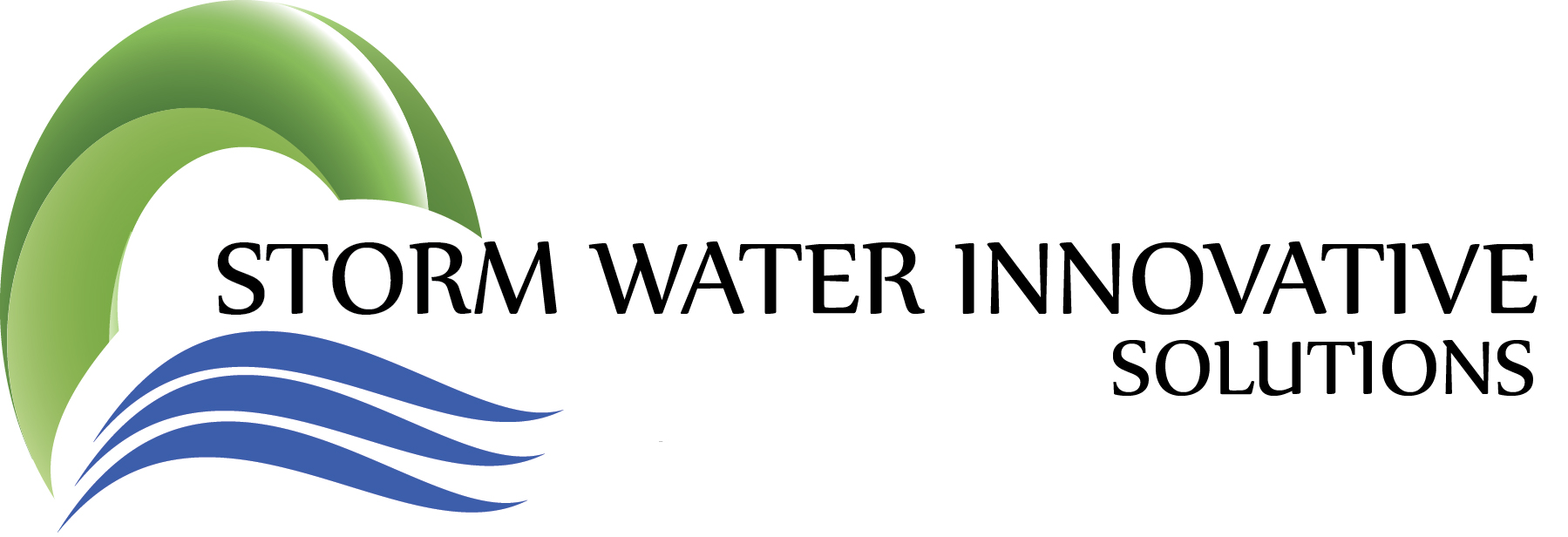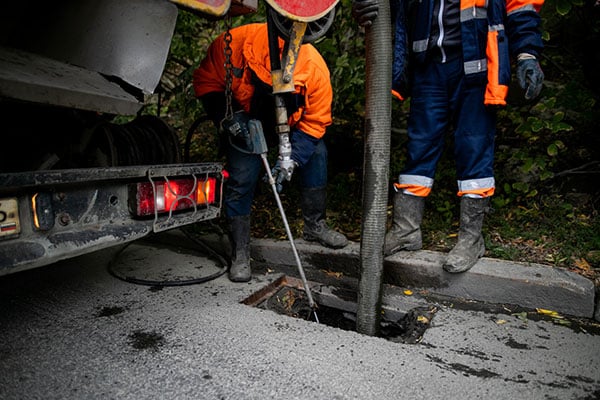The scope of a program will vary depending on the size of your property, the drainage system and what type of stormwater Best Management Practices (BMPs) are in place. The Storm Water Quality Management Program (SWQMP) or Water Quality Management Program (WQMP) will follow federal, sate and local regulations; all based off federal NPDES requirements.
Storm water maintenance programs are critical for reducing the risk of clogging systems (failures), property damage, regulatory fines, and pollution, and they can be tailored to suit the needs of the property.
For example, a maintenance program may include routine inspections, cleaning stormwater outfalls and systems, removing trash, maintaining banks and seeps, replacing vegetation, inspecting for erosion and sedimentation, inspecting for structural failures, maintaining drainage pipes and channels.
Storm water BMP or system types include:
- Detention Basin both above and below ground
- Catch Basins filtered and non filtered
- Pervious pavement
- Drywells
- Proprietary Stormwater Filtration devices both large and small
- Sump pumps and lift stations
- Vegetative Swales
Inspections
Inspections are a critical part of maintaining storm water management systems. An inspection program should include visual inspections and possible physical testing of structures and equipment. In most cases, this will involve inspecting inlets, pipes, channels, retention areas and other components at least once per month during dry weather conditions. Periodic inspections can help ensure that stormwater systems are working properly and free of obstructions. The frequency should be determined by local conditions such as point source pollutants (volume and type), rainfall amounts, terrain and land use.
Cleanings
Cleaning outfalls and systems should be done regularly to remove debris build-up that could cause blockages or damage equipment or structures. This is important to:
- Reduce the risk of system clogging and failures
- Control risks and prevent property damage
- Manage and prevent pollution discharge; protecting groundwater supplies, lakes, rivers and the ocean.
Cleanings can be performed by hand or using advanced vacuum trucks and equipment. All cleanings involve the removal of large pieces of discarded trash, debris from vegetation or vehicles, sediment collection, and pollutants that may build up on filtering media. All systems are different, therefore not all cleanings are performed in the same manner, so its best to source experienced professional storm water cleaning crews or service companies before tackling any cleaning project.

Conclusion
Storm water maintenance is a vital component to reducing pollution and potential flooding risks associated with storm water filters, drainage, or volume systems; and Storm Water Innovative Solutions, Inc. has been helping property owners maintain BMPs and protect their properties for years.
Ask us how we can get started with your stormwater maintenance program today.
Reaching the goals of reducing your property’s risk of failures, preventing damage, and effectively filtering out pollution can be simple – We’re here to help!

